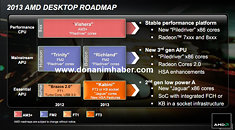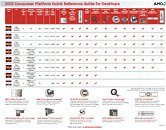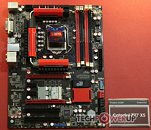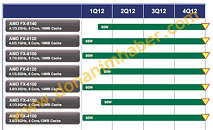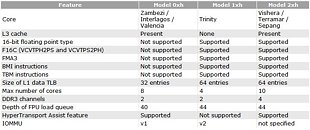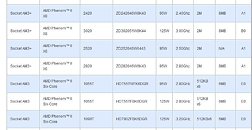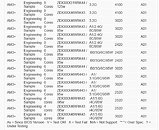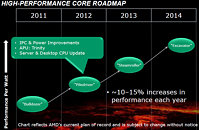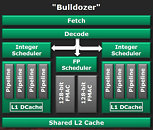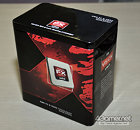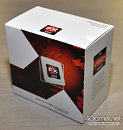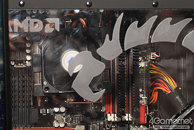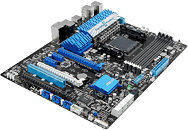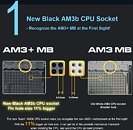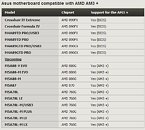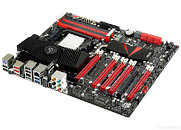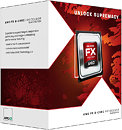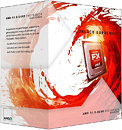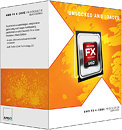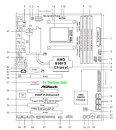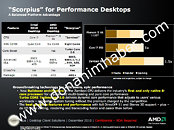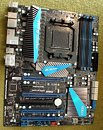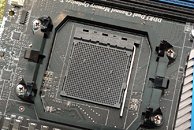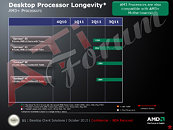
No New FX Processor From AMD in 2013
AMD's FX "Vishera" socket AM3+ processors are in for a long haul. According to a DonanimHaber report based on a leaked company roadmap slide, the company plans no new processor architecture to succeed it in 2013. The company recently launched its FX "Vishera" line of eight-, six-, and four-core chips just an year following FX "Zambezi," leading analysts to believe the company would launch a new micro-architecture each year to keep up with Intel's "tick-tock" product development strategy.
The roadmap slide, pictured below, shows AMD FX "Vishera" continuing through 2013 as the flagship desktop platform, followed by "Richland" third-generation desktop APU, which combines "Piledriver" CPU components with "Radeon 2.0 cores" (we're guessing those are Graphics CoreNext stream processors), which maintains socket FM2 platform; and low-power "Kabini" APU, which carries the mantle from "Brazos."
The roadmap slide, pictured below, shows AMD FX "Vishera" continuing through 2013 as the flagship desktop platform, followed by "Richland" third-generation desktop APU, which combines "Piledriver" CPU components with "Radeon 2.0 cores" (we're guessing those are Graphics CoreNext stream processors), which maintains socket FM2 platform; and low-power "Kabini" APU, which carries the mantle from "Brazos."
